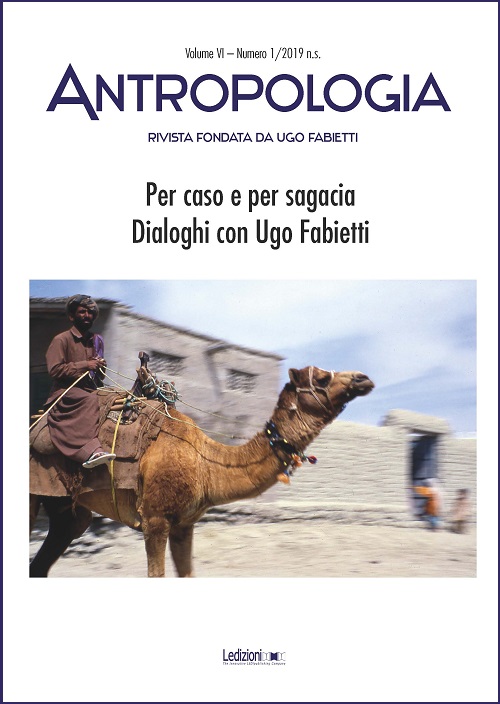The serendipity of the anthropologist in the age of social media
DOI:
https://doi.org/10.14672/ada20191530185-198Keywords:
social media, cultural diversity, serendipity, cultural modeling, learning contextsAbstract
The paper aims to initiate a reflection on the relationship between serendipity and the construction of anthropological knowledge in light of the transformations apported by digital media in the way anthropologists "think about," "understand," and "describe" cultural diversity. Recent critical literature highlights the fact that the rapid spread of digital media is producing a progressive reorganization of cognitive processes of attention, memory, learning, as well as reading and writing practices. For anthropologists, ethnographic fields, the management of relations with interlocutors, but also the forms of textual restitution of ethnographic experience and the effects these generate in the public sphere are changing. Moreover, the academic teaching of anthropology is placed in increasingly heterogeneous and complex learning contexts that produce their own imaginaries and knowledge of difference, strongly linked to the discourses and representations proposed by the new media. These transformations produce important effects on the way anthropologists do research, position themselves in the field, and nurture their own and others' capacity and attitude to discover "by chance and by sagacity" (Fabietti 2012, p. 19).
Downloads
Published
Issue
Section
License
Copyright (c) 2019 Antropologia

This work is licensed under a Creative Commons Attribution 4.0 International License.
Authors maintain the copyright of their original work and grant the Journal the right to first publication, licensed after 36 months under a Creative Commons Licence – Attribution, which allows others to share the work by indicating the authorship and first publication in this journal.
Authors may agree to other non-exclusive licence agreements for the distribution of versions of their published work (for example in institutional archives or monographs) under the condition that they indicate that their work was first published in this journal.



